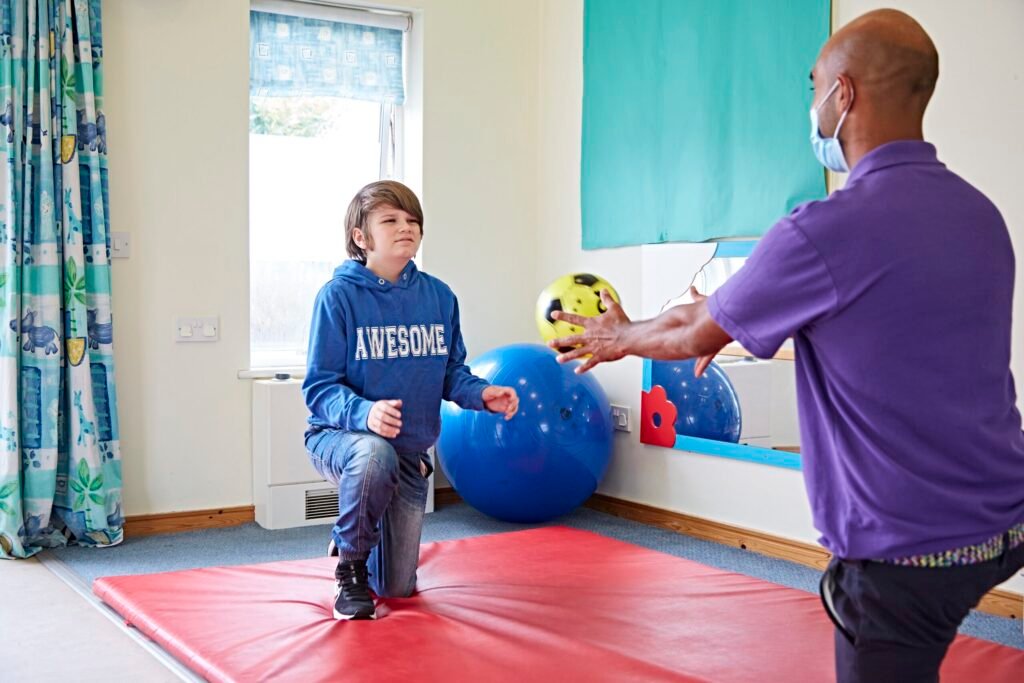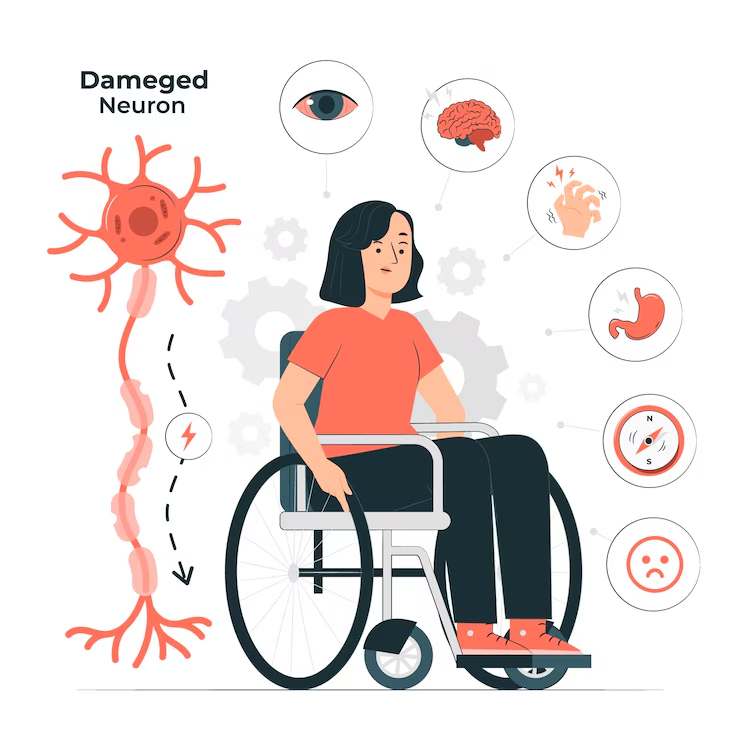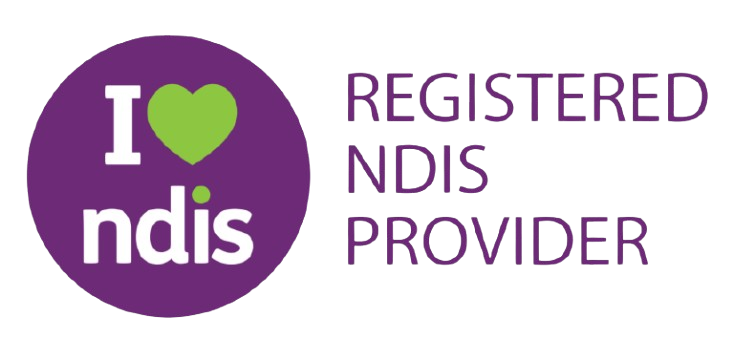Specializing in neurological care, enhancing independence and quality of life. Learn more;

What is Neurodisability & How to Get a Diagnosis? A Step-by-Step Guide for Parents/Individuals
Neurodisability refers to a range of conditions that affect the brain, spinal cord, or nervous system, leading to difficulties with movement, communication, learning, or behaviour. These conditions can be present from birth or develop later due to illness, injury, or genetic factors.
Neurodisabilities include conditions like cerebral palsy, autism spectrum disorder (ASD), intellectual disabilities, and epilepsy. Each person experiences their condition differently, meaning support and interventions should be tailored to their unique needs.
Signs and Symptoms to Look Out For
Recognising the signs of neurodisability early can help individuals and families seek the right support. While symptoms vary depending on the condition, common signs include:
Developmental Delays
- Late milestones in sitting, crawling, or walking
- Delayed speech or difficulty with communication
Movement and Coordination Issues
- Poor muscle tone (too stiff or too floppy)
- Difficulty with balance and fine motor skills

Cognitive and Learning Challenges
Struggling to focus or follow instructions
Difficulty remembering or processing new information
Behavioural and Social Differences
Challenges with social interactions or emotional regulation
Unusual sensory responses (e.g., oversensitivity to noise or touch)
If any of these signs are present, speaking to a healthcare professional can help determine the next steps.

Step-by-Step Guide to Getting a Diagnosis
1. Speak to a General Practitioner (GP)
A GP is usually the first point of contact. They will listen to concerns, observe symptoms, and provide a referral to a specialist if necessary.
2. Get Referred to a Specialist
Depending on the symptoms, a GP may refer individuals to one or more specialists, such as:
- Paediatricians (for children with developmental concerns)
- Neurologists (for conditions affecting the brain and nerves)
- Psychologists or Psychiatrists (for behavioural and emotional assessments)
3. Undergo Assessments and Tests
Diagnosis often involves a combination of:
- Medical history evaluation
- Physical examinations
- Developmental and cognitive assessments
- Brain imaging (MRI or CT scans) if needed
- Genetic testing in some cases
4. Receive a Diagnosis and Recommendations
Once assessments are completed, specialists provide a diagnosis and suggest treatment plans, therapies, or interventions to improve daily life.


